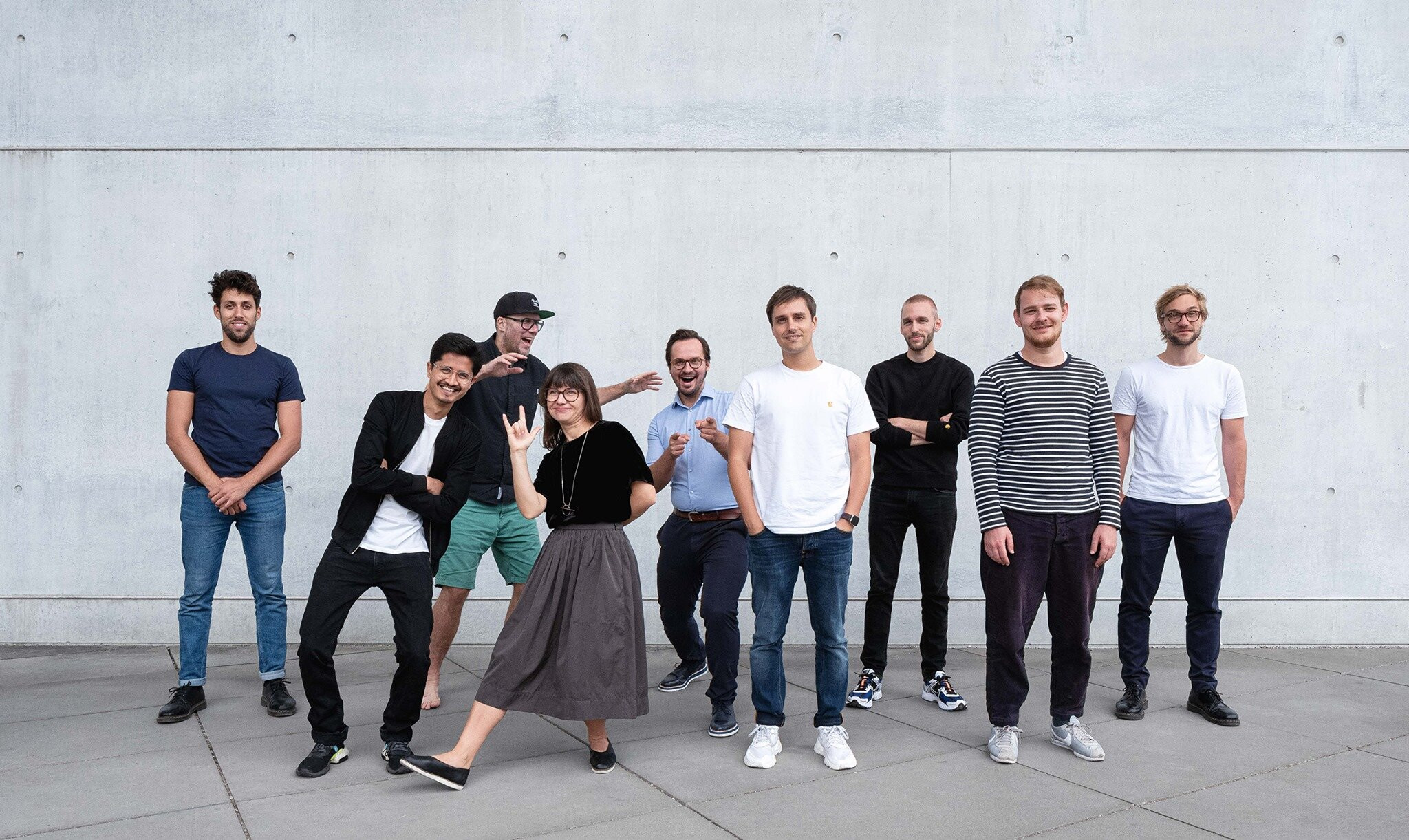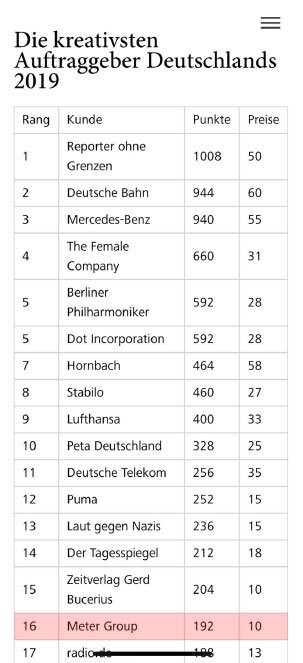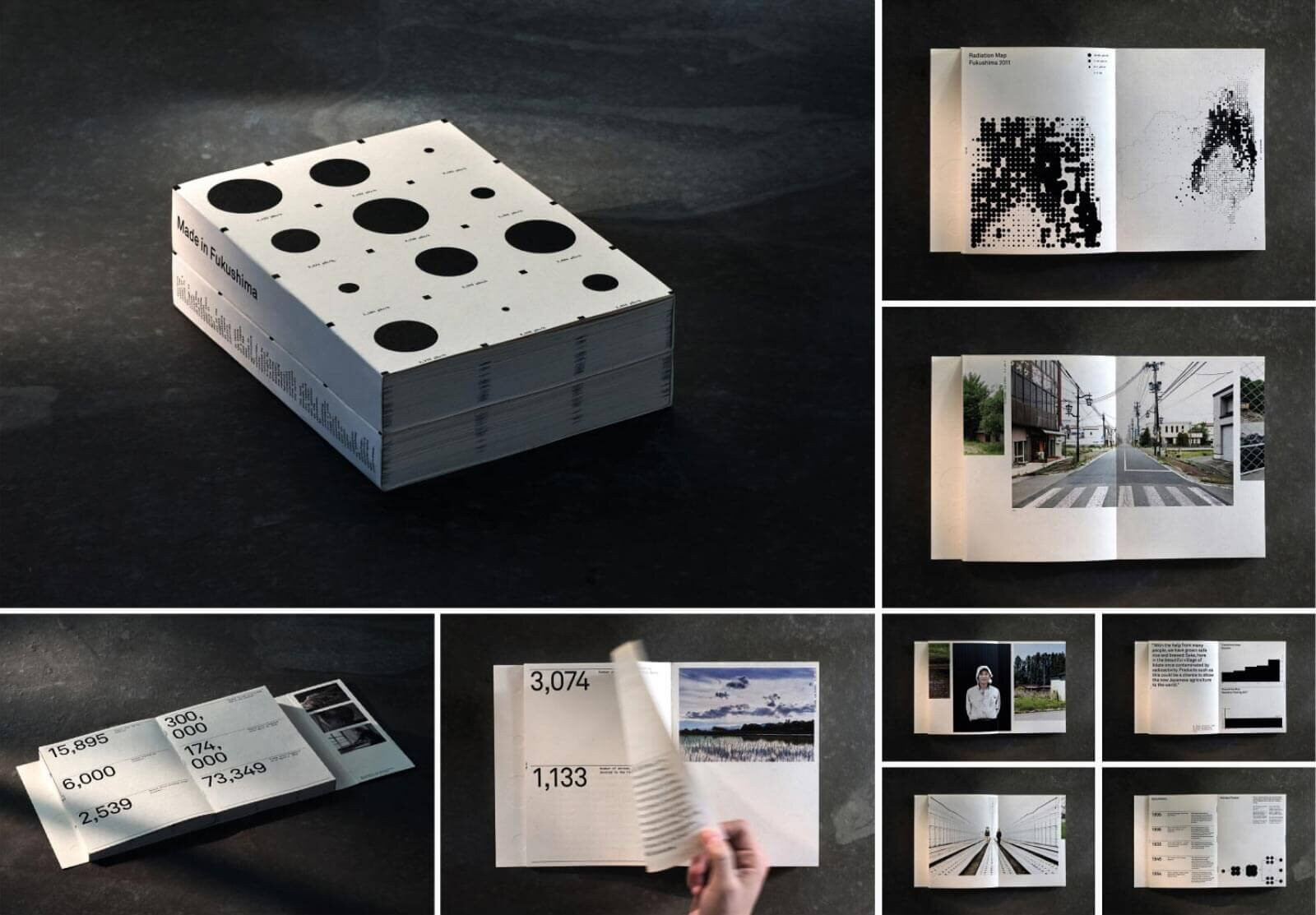This is how storytelling works - A story about Fukushima
How successful storytelling works
On March 11, 2011, a series of core meltdowns occurred at the Fukushima nuclear power plant in Japan due to an earthquake. As a result, large quantities of radioactive material were released, contaminating air, soil, water and food. Up to 150,000 residents were forced to leave their homes, some permanently, and hundreds of thousands of animals left behind starved to death. The Japanese Nuclear Regulatory Commission assigned the highest rating of 7 to the series of accidents: catastrophic accident. Several nations, including Germany, subsequently abandoned their nuclear energy programs. Today, this nuclear disaster is largely forgotten internationally - but for the people of Fukushima, it still defines their lives today.
In early 2018, Christian Hertel, VP Marketing, METER Group, told me that his company supplies METER products to local food producers in Fukushima. Due to the radioactivity still present, conditions for farmers there are still very difficult today. Fields have to be decontaminated again and again, products do not sell or sell very poorly - although no radiation can be detected. METER Group, in cooperation with a professor from the University of Tokyo, has developed an uncomplicated solution that allows farmers in Fukushima to decontaminate their fields themselves and thus produce safe food. About this special situation, the background and perspectives of the people, METER Group wanted to produce a success story together with me.
My first thought: "Fukushima! Wicked, you might only get a topic like that once in a lifetime!"
For the photographer in me, a clear matter of images. For the creative director in me, a story that needed a special format. It was also clear to me from the outset that not only impressive images, but also the figures and data behind them had to be conveyed. That led me directly to the idea of translating the story into a book. And to top it off, I wanted to create a haptic experience. A special material that would carry the story. So the book is made of rice straw paper, produced in a traditional process that has existed for thousands of years in Japan.
But even the most creative idea doesn't work without a client who understands the project and supports it from start to finish. And so, in early May 2018, I stood in Fukushima with Christian Hertel of METER Group and photographed. Pictures of fields, farmers and radiation.
As a creative, I already had the hope that "Made in Fukushima" could become an award theme - but how everything would develop, I could not foresee at that time.
Overview of awards:
Cannes Lions 2019 - 3x Shortlist
London international Awards 2019 - Gold, 2x Silver, Bronze
Clio 2019 - Gold
Red Dot 2019 - Best of the Best
International Photography Awards 2019 - honorable mention
Epica Awards 2019 - Silver
Eurobest 2019 - Grand Prix, 2x Gold, Silver, 6x Shortlist
ADC Deutschland 2020 - Grand Prix, 3x Gold, 3x Silver, 3x Merit
ADC 99TH Annual Awards - 2x Gold, 2x Silver, 1x Merit
One-Show 2020 - 1x Gold, 2x Silber, 2x Bronze
News York Festivals 2020 - 2x Silver, 2x Bronze
Andy Awards 2020 - 1x Gold
IF Design 2020 - Gold
Mobius Awards 2020 - Silver
Caples Awards 2020 - 1x Bronze
Made in Fukushima became one of the most successful projects of 2019/2020 worldwide.
This also had far-reaching consequences for the customer, a company with just under 180 employees worldwide and rather unknown in Germany. Suddenly METER was mentioned in the same breath as global players such as Puma, Deutsche Telekom or Mercedes-Benz.
The team behind

A good idea and a few photos do not make a successful project. All the cogs have to mesh. Concept, creative direction, design, copy, project management, print shop, local and national producers, right through to the case film.
It certainly wouldn't have worked without Serviceplan. It is not only about the actual production handling, but also about the award management. Special mention must be made here of Franz Röppischer, who unconditionally advanced the project as creative director.

It wouldn't have worked without Moby Digg's incredible design. Not only time, but also heart and soul was put into the layout and design. The colleagues from Albert Coon are responsible for the film.
But first and foremost, the client, the customer, has to play along. In terms of content as well as financially. Few clients are in a position to take a step back and let things run their creative course. This requires courage and sensitivity. At this point, I would like to express my gratitude to METER Group and Christian Hertel.

About me:
I'm Nick Frank, freelancer from Munich, Germany. Since 2014 I am a professional photographer with focus on architecture, corporate, branding and storytelling. FineArt is another pillar in my portfolio. Before that I was in advertising for almost 16 years. Most recently as a creative director. More info about me hier.